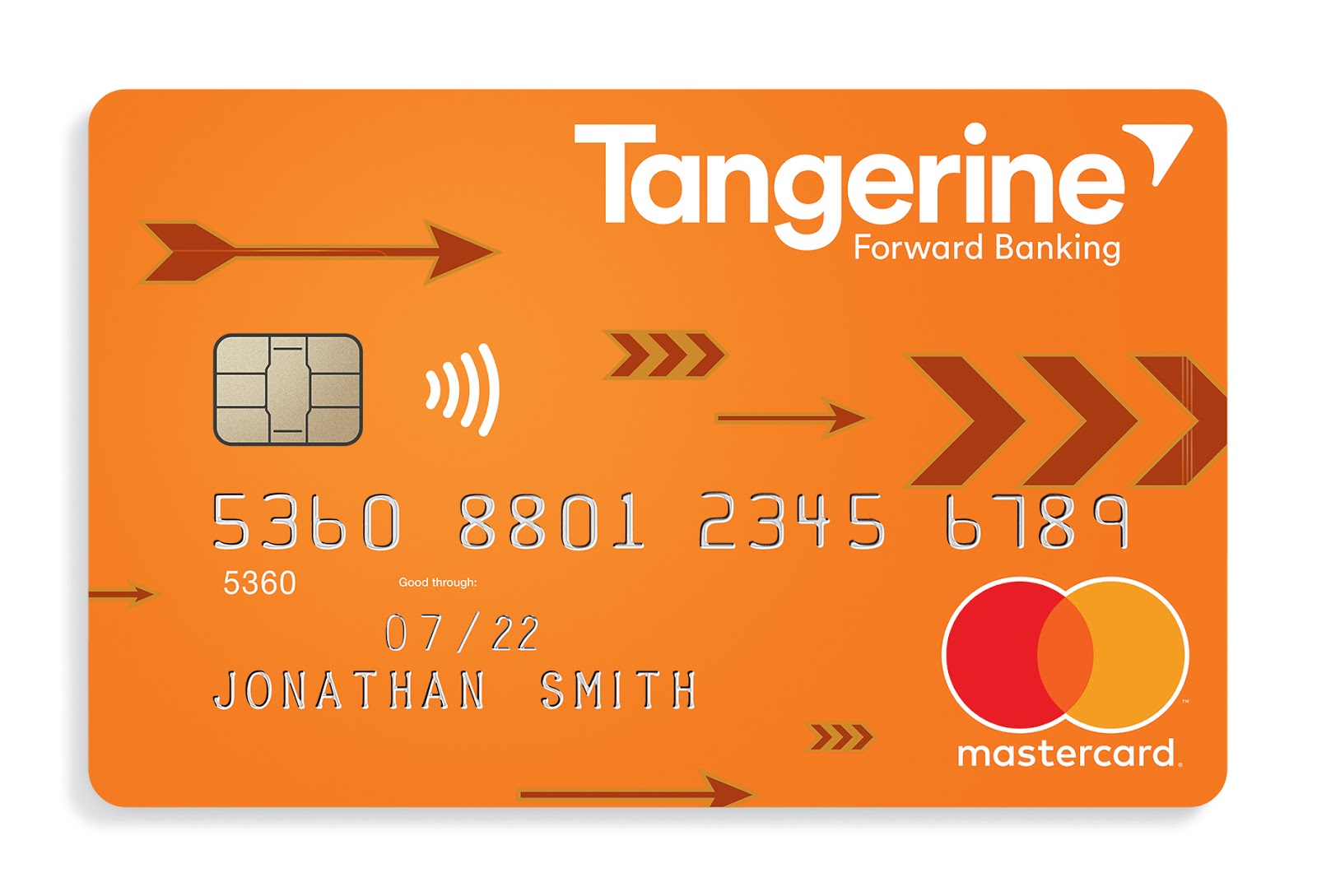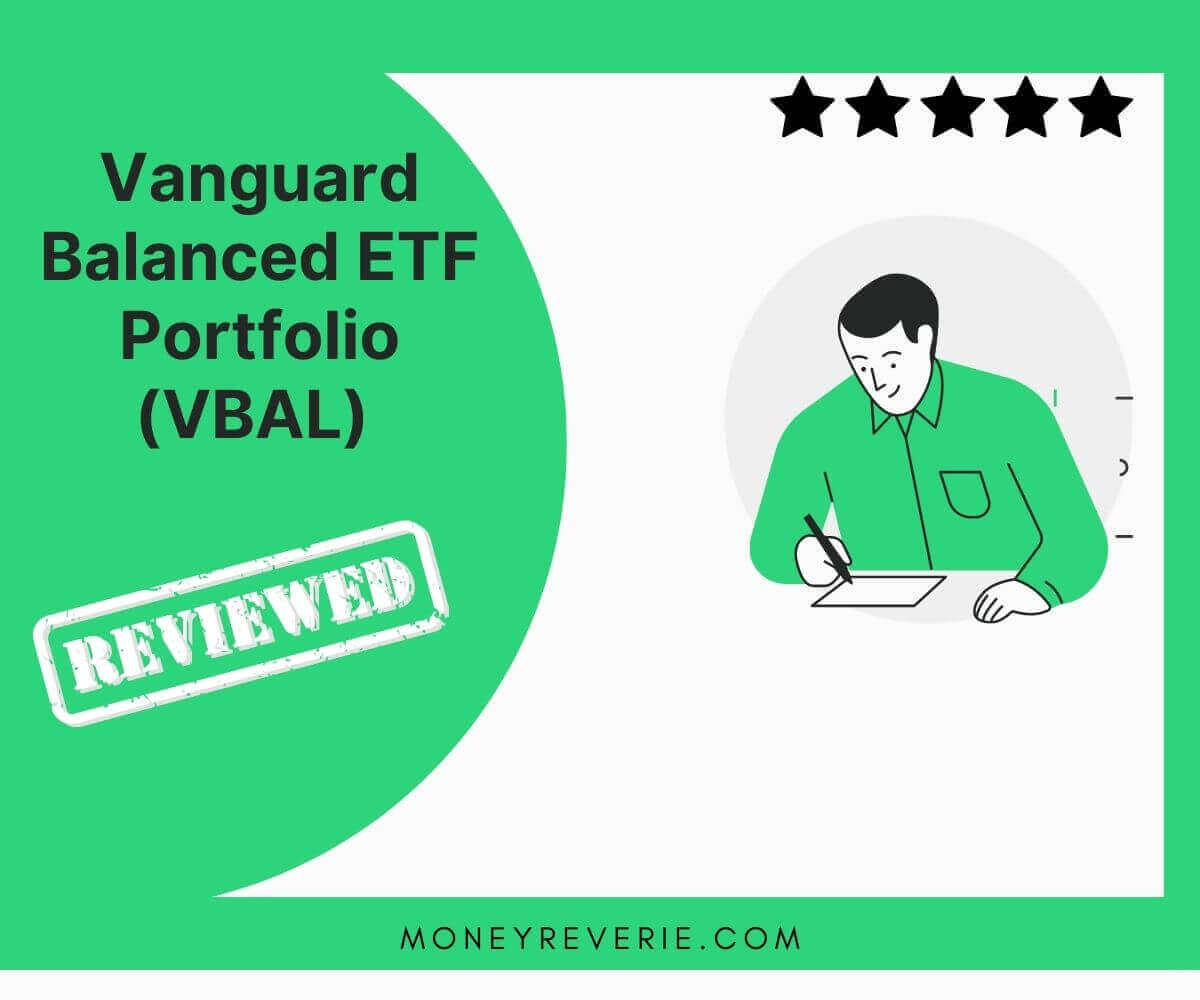A Registered Retirement Savings Plan (RRSP) can be an effective vehicle to save for retirement. It offers amazing benefits like tax advantages and investment options, making it a great option for every Canadian.
Contributing to your RRSP allows you to build a nest egg for the future by putting your money into various investments, like mutual funds, ETFs, and stocks.
However, withdrawing funds from your RRSP before retirement comes at a cost. You will be charged withholding taxes, which the financial institution will withdraw from your account.
This article covers everything about withholding tax RRSP, Canada’s current withholding tax rates, and how you can avoid paying withdrawal taxes.
So read on to learn more.
What is Withholding Tax RRSP?
Withholding taxes refer to the tax implication of withdrawing funds early from your RRSP. When you withdraw funds from your RRSP before retirement, you will be charged withholding taxes. Your financial institution where you have your RRSP will withdraw the charge directly from your account and sends it to the government.
So, for example, if you are 45 years old and not close to retirement. Suddenly the roof of your house collapses, and you need money to fix it. If you decide to withdraw money from your RRSP, you will have to pay the cost of early withdrawal.
A withdrawal from your RRSP is usually considered income and subject to income tax by your financial institution. The current withholding tax rate depends on your residence and withdrawal amount.
Generally, Canadian residents pay the following rates:
- $5,000 = 10% (5% in Quebec)
- $5,000 – $15,000 = 20% (10% in Quebec)
- Over $15,000 = 30% (15% in Quebec)
On the other hand, 25% is the RRSP withdrawal tax rate for non-residents of Canada.
> Check out the current withholding tax rates in Canada
Note: Quebec charges a provincial withholding tax of 15% for its residents. Contact your financial institution or Revenu Québec for more information.
In addition, you will have to report your withdrawn funds as income. You may have to pay additional taxes on top of the withholding tax.
Consequences of Withdrawing RRSP Before Maturity
The most obvious consequence of prematurely withdrawing funds from an RRSP is a tax penalty. Withdrawing a large amount can increase your tax bill since you’re paying withdrawal and combined income taxes.
However, did you know there is another huge consequence to early withdrawals? It’s a simple fact that all you are doing is depriving yourself of the money you’ll need in retirement.
A long-term, steady contribution to a retirement plan allows funds to grow thanks to compound interest. Your retirement fund will be harmed if you withdraw funds early, especially since you won’t be able to regain the contribution room you’ve lost.
Remember, however, that withdrawing several little sums over a short time to avoid paying the high withholding tax has its own set of drawbacks.
However, your financial institution may deduct the amount of withholding tax that applies to the whole amount.
For instance, if you intend to withdraw $20,000 but split it into four monthly withdrawals of $5000 to avoid the 20% tax rate. If your financial institution notices the pattern, you may still be subject to the 20% withholding rate on your last withdrawal.
How to Avoid Withholding Tax When Withdrawing RRSP Funds
RRSP withdrawals are not advisable, and you should consider other options before withdrawing from your RRSP. If possible, you should avoid taking money out of your RRSP before retirement. You should only access your RRSP if you are in extreme financial problems and have no other option.
However, you can withdraw cash under the Lifelong Learning Plan (LLP) or Home Buyers’ Plan (HBP) and avoid RRSP taxes.
1. Home Buyers’ Plan (HBP)
The Home Buyers’ Plan lets you take up to $35,000 from your RRSP towards the down payment of your new home. So if you plan to purchase a home with your partner, you can withdraw $35,000 each from your individual RRSP, amounting to $70,000.
However, repayment begins the second year after you withdraw the funds, and you have 15 years to pay back the funds.
The CRA sends you an annual statement revealing your HBP balance owing, your payment history, and the minimum payment amount. However, you must prove you are a first-time homebuyer to participate in this program.
> Read more on RRSP Home Buyers’ Plan
2. Lifelong Learning Plan (LLP)
Participants in the Lifelong Learning Plan can withdraw up to $10,000 tax-free every calendar year from an RRSP to a maximum combined amount of $20,000 tax-free.
As long as your withdrawal doesn’t exceed $20,000, you can spread the withdrawals over four years instead of withdrawing the entire amount at once. However, LLP withdrawals must be repaid over ten years, beginning in the fifth year of withdrawals.
You will receive an annual LLP notice from the CRA that describes the amount of your next LLP payment and your LLP balance,
However, LLP repayments must still be designated on Schedule 7 each year when filing your income tax return.
Final Thoughts on Withholding Tax RRSP
An RRSP account helps your money grow through investments with no tax on the growth. You don’t have to pay income tax when you contribute to your RRSP or when contributions are made by someone else for you.
However, when you withdraw from your RRSP before retirement, they are fully taxable in the year of withdrawal. Thankfully, there are solutions to help you reduce or avoid your withdrawal taxes.
Hopefully, now you know how to reduce or avoid your RRSP withdrawal taxes.
FAQs on Withholding Tax RRSP
Is there a withholding tax on RRSPs?
Yes, you are subject to withholding tax on RRSP withdrawals, but the rate depends on where you live and how much you withdraw.
How much tax do you pay on RRSP withdrawals?
The withholding tax on RRSP depends on the amount you withdraw and your location. The following are the rates for Canadians:
- $5,000 = 10% (5% in Quebec)
- $5,000 – $15,000 = 20% (10% in Quebec)
- Over $15,000 = 30% (15% in Quebec)
On the other hand, 25% is the RRSP withdrawal tax rate for non-residents of Canada.
What do I do with my RRSP when I retire?
There are three things you can do with your RRSP when you retire: 1) convert your RRSP to RRIF; 2) withdraw all your RRSP funds as cash; 3) convert your RRSP to an annuity.









